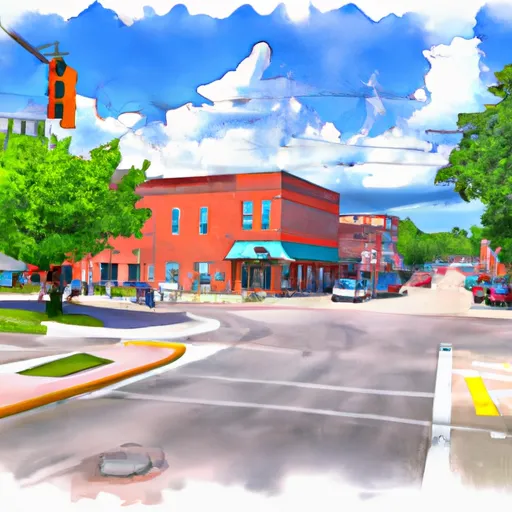°F
°F
mph
Windspeed
%
Humidity











Collins is a small village in the northeastern part of Manitowoc County, Wisconsin. The climate in Collins is typical of the Midwest, with cold winters and warm summers. The village sits on the edge of the Manitowoc River watershed, which provides a source of water for the town's residents. However, the river is also subject to occasional flooding. Outdoor recreation opportunities in Collins include fishing, hunting, and biking on the nearby Ahnapee State Trail. The town is also home to a public park with a playground, picnic tables, and a baseball diamond.
Weather Forecast
Collins receives approximately 770mm of rain per year, with humidity levels near 83% and air temperatures averaging around 8°C. Collins has a plant hardyness factor of 5, meaning plants and agriculture in this region thrive during a short period during spring and early summer. Most plants will die off during the colder winter months.
Regional Streamflow Levels
1
Cubic Feet Per Second
2
Cubic Feet Per Second
17
Cubic Feet Per Second
369
Cubic Feet Per Second
Nearby Camping
| Camping Area | Reservations | Toilets | Showers |
|---|---|---|---|
| Hilltop Campground - Grayville | |||
| Oakland City Park | |||
| Mill Creek Park | |||
| Red Hills Lake State Park | |||
| Prairie Pines Campground | |||
| Fox Ridge State Park |



